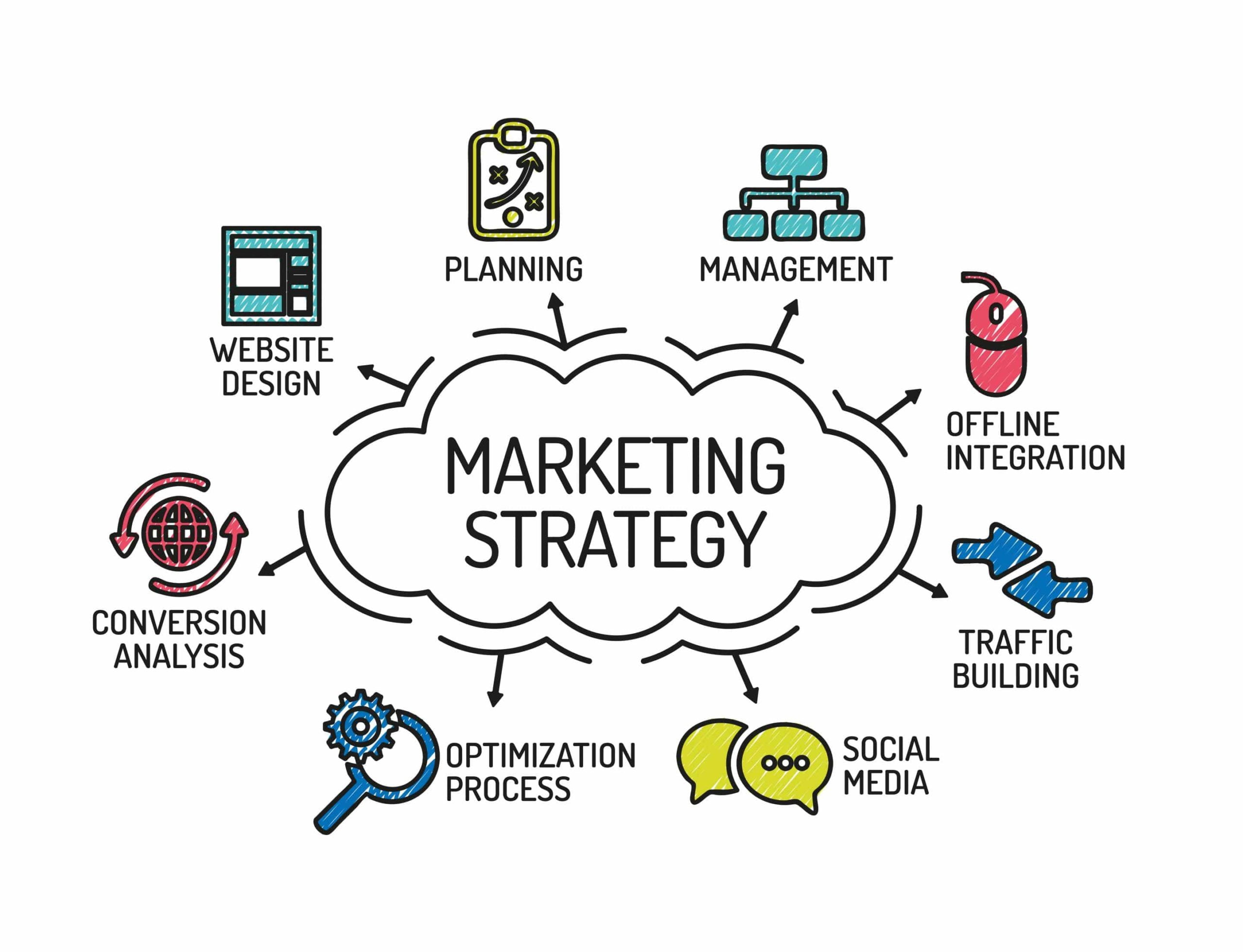Sexism, harassment, and discrimination in the place of the job are troubles that have been around so long as ladies had been inside the place of the job. The #MeToo motion exposed simply how pervasive it is and highlighted the systemic troubles that depart folks who revel in it with little redress.
As extra people hold to share their memories of harassment within the workplace, companies who have unnoticed the issue see the repercussions. Last year, a public scandal related to one of its top leaders led 20,000 Google personnel to walk out in protest over how the quest massive handled sexual harassment and misconduct. When Nike leaders located the volume to which harassment turned rampant in its place of work, six of its pinnacle executives left, as Liz Segran previously pronounced for Fast Company. Workplaces can now not sweep the trouble underneath the rug, as a minimum, to the extent that they could have been capable of within the beyond.

What’s extra, it has also resulted in the advent of services and products that purport to remedy the hassle within technology. In their personal awesome ways, these apps and platforms permit employees to record misconduct inside the place of the job while not having to talk without delay to everybody. In a way, the character is like a worker hotline. However, employees can describe their concerns via a messaging platform.
But to what extent have these apps changed how businesses address workplace harassment, and how does that differ from what the founders of those systems themselves need to perform? Fast Company checked in with some of the brains at the back of four of those apps–STOPit Solutions, WorkShield, #NotMe, and Spot–at the side of attorneys and HR professionals for their insights.
Eliminating the concern of reporting
When it involves stopping harassment within the administrative center, maximum of the individuals we spoke to agreed that maximum organizations fail on fronts–growing an environment wherein employees sense secure reporting any incidents of harassment or discrimination, and having a powerful technique to preserve the perpetrators responsible. Many of the apps are particularly centered on tackling the previous. “I might say for positive, the most important impediment we’ve is that human beings are afraid to record,” says Neil Hooper, the chief operating officer of STOPit. Many employees fear retaliation from the enterprise, and that they’re fearful of losing their jobs, according to Jared Pope, HR law legal professional and founding father of WorkShield.
STOP lets personnel publish nameless reports to business enterprise employees that the organization designates–commonly a person from HR, compliance, or prison. The company employees can then address the complaint through the messenger platform, wherein they can talk about the issues and ask for greater facts. Hooper believes that this -way verbal exchange in the middle to STOPit’s product. “It’s better to have human interaction and interpretation,” he says.
Pope believes that to remove the fear of reporting, you need to remove the corporation from the equation. Unlike STOPit, a file doesn’t go to agency personnel; it will WorkShield representatives who’re attorneys, HR specialists, and place of work experts. The WorkShield rep works it out with the employees, conducts the investigation, talks to the events concerned, and recommends a path of action to the personnel. “If you [only] consciousness on eliminating the worry,” Pope says, “you’re handiest going to remedy elements of the issue.”
Of direction, there’s a restriction to nameless reporting. Both Hooper and Pope were well known that it’s tough to do without figuring out information. Sheila Willis, hard work and employment attorney at Fisher Phillips, tells Fast Company, “If it’s just a nameless aggregation of facts, then [they] don’t have the equipment that they might need to do research. If the employers don’t recognize all of the details, they might not be capable of treatment the answer.” And if the employers don’t take movement, Willis says, “then that could lead an employee to sense like the process has no teeth and might rely upon it.”
On growing cognizance and inciting an experience of urgency
Many of the app founders we spoke to argued that the introduction of those structures had compelled groups to interact with the problem and do something to address harassment, misconduct, and discrimination within the place of work. From a company perspective, litigation is extraordinarily high-priced and time-ingesting. And as Pope points out, “You additionally have this dynamic that unemployment is at an all-time low, it’s extraordinary smooth [now] to move and discover a specific job.” If a worker doesn’t just like the employer lifestyle, “Guess what? They’re leaving.”
That being stated, others agree that it’s no longer the structures themselves but the social conversation that led entrepreneurs to construct those structures within the place of business. Willis tells Fast Company, “I wouldn’t say that it’s the apps on their personal. I assume the overall #MeToo [movement] and social attention around harassment has truly modified the conversation within the administrative center.”
Many of the apps clear up the handiest one part of the trouble.
For Julia Shaw, the co-founder of Spot, the emergence of apps and distinctive structures illustrates the willingness and choice for businesses to attempt diverse solutions that prevent misconduct and harassment within the place of business. Shaw isn’t fazed with the aid of the increasing variety of potential competitors in the marketplace; in truth, she sees it as nice. “The more agencies try to address distinct routes of harassment, the higher. The biggest component that has taken place is that people are trying special processes. We’ll see over the next decade what works.”
Shaw admits, “We can’t fix every part of the problem; we can most effectively repair elements of it.” For Spot, that recognition is at the satisfactory of evidence that complainants put forward. The spot allows customers to document entries of misconduct, and what is going to observe is a chain of questions from a chatbot. The questions, she formerly instructed Fast Company, are “open-ended” and evolved with the aid of scientists answerable for supporting police extract truthful “money owed of essential existence activities.” At its quit, the user gets a document that constitutes a sequence of time-stamped entries, which they can both download as a report or send to their supervisor. Spot doesn’t rely upon the organization to put in its platform; however, it lets in a man or woman to send an email from Spot’s servers so that people who want to live namelessly can accomplish that.
She tells Fast Company that she located the want for this based on her paintings as a reminiscence scientist. “I spent several times discovering memory mistakes. When you have got experts who probably aren’t trained in reminiscence, having to manual human beings to record and consider challenging events . . . They’re not going to be as neutral as a device that is built to be neutral.”
Large-scale alternate wishes to come from enterprise leaders
Ultimately, most app creators acknowledge that any trade-in sizeable organization subculture needs to show up inside the employer. LeBaron Meyers, an executive of the reporting app #NotMe, says that it’s as much as groups to illustrate to their personnel that they’ll do the proper issue and not retaliate when a worker reports misconduct. Only then, she says, will personnel come forward.
Johny C. Taylor Jr, president and CEO of the Society for Human Resources Management, tells Fast Company that unless senior leaders make it clear to personnel that the employer will act accurately when they become privy to a violation, employees will retain to err on the facet of no longer reporting. “I spoke to 1 girl who encountered sexual harassment early in her profession, determined no longer to document it to HR, even though she knew there existed a mechanism to do so. Now, 10 years later, she meditated again on that incident and her decision not to record it to HR. Nonetheless, she believes that not reporting it was a nice decision for her profession. These are stories that HR regrettably hears frequently, and no app goes to resolve that, even if it’s without a doubt nameless. It comes all the way down to solving employer culture to the excellence of our capability.”
However, the app creators are hopeful that corporations who forget about their duties to save you and address harassment within the administrative center will face the effects of the present-day weather. Willis says that whilst some companies will adopt these tools out of fear of future liability, she sees a much greater proactive attitude from organizations that she works with to make lively modifications to their lifestyle.
Shaw tells Fast Company, “I assume you’ll be in deep denial if you still didn’t take delivery of the truth that harassment is common in a whole lot of industries. If your tradition sucks, it’s going to affect the bottom line.”







